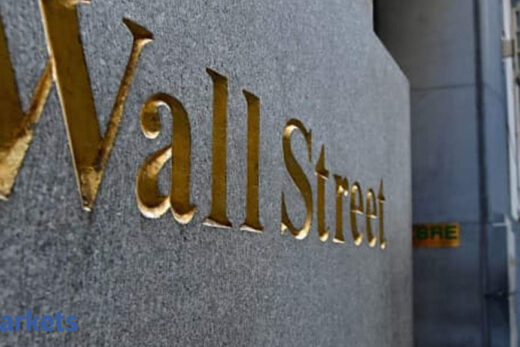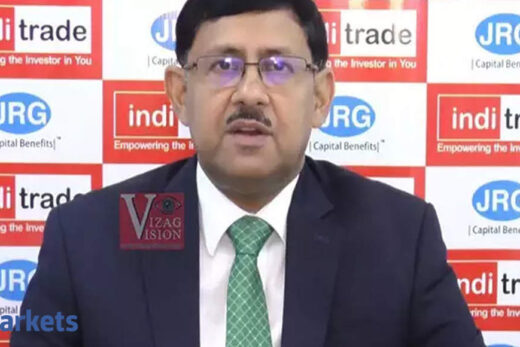While stocks that pay relatively large dividends are rising globally, for the most part the gains are happening in-line with the wider market. Not so in Asia though, where MSCI Inc.’s key gauge for this category of shares has returned more than 9 per cent so far this year, beating the broader regional benchmark by almost five percentage points.
 Bloomberg
BloombergThe index, which excludes the Japanese market and is heavily weighted to financials, information technology and materials companies, has also outperformed value stocks, a favorite of many investors the world over this year. Reasons for the strength range from a recovery in banks on expectations for higher interest rates to the rally in Taiwanese tech stocks.
“We expect economic growth to rebound strongly in the next 2-3 years, potentially achieving its highest rate for decades as pent up demand is released and policy settings remain expansionary,” said Jeffrey Roskell, a portfolio manager for the JPMorgan Asia Equity Dividend Fund. “Profitability and dividends are set to recover.”
The outperformance of stocks with better income potential has also come as confidence in the outlook returns to company boardrooms in Asia, with about 45 per cent of stocks in the MSCI Asia Pacific Index resuming or increasing dividends this year versus the same period in 2020, according to data compiled by Bloomberg. That said, the ratio is almost 10 percentage points higher for the S&P 500 Index.
More recently, however, Asia’s high-dividend-yield stocks have seen their outperformance over the broader market fade.
Manishi Raychaudhuri, BNP Paribas SA’s Asia-Pacific head of equity research, said investors should be selective, cautioning that the dividend theme tends to underperform when bond yields rise and the hunt for returns see investors move into areas like investment grade fixed income.
Among top dividend-yielding sectors, his team expects financials and materials to have room to increase earnings. By contrast, there are doubts about the earnings and payout sustainability of Chinese property and office real estate investment trusts, Raychaudhuri said.
Roskell’s fund, which has a yield of 3.5 per cent to 4 per cent and has outperformed the regional benchmark so far this year, has been rotating out of defensive stocks into value names lately on expectations of early economic recovery and higher interest rates.
Some others are more optimistic.
“The dividend-paying element in a stock points us to quality — a synonym of balance sheet resilience and stability in operations,” said Frank Tsui, a senior fund manager at Value Partners who is involved in the firm’s high-dividend strategy. Investing in dividend stocks “makes sense” in the current environment, he said.
Tsui sees growing interest in China’s dividend story, in sectors ranging from white goods to property developers. He has been underweight in the country’s banks, despite their high dividend yield, given his view that the “national services” nature of mainland lenders constrains the management of asset quality.



